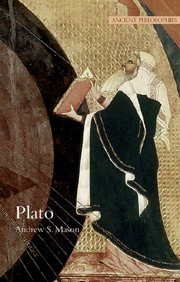1 - Introduction
Summary
The figure of Plato
Plato is one of the most significant figures in the history of philosophy. His work has inspired and fascinated philosophers in all ages. Platonism was the dominant school of philosophy in the Mediterranean region in late antiquity, and has had many revivals since then; much philosophy has also been produced in reaction against his thought. Plato had an additional impact on the development of philosophy through his pupil Aristotle, who was both an admirer and a critic, and who has an equal claim to be the most influential philosopher of antiquity.
Plato stands at the beginning of many debates that have continued throughout the history of philosophy. Nevertheless he seems alien to us in many ways. His central metaphysical position, the “theory of Forms”, involves the claim that things in the world that we see are images of eternal patterns; although this position has some affinities with more recent views, it is presented in his works in a way that makes it seem very unfamiliar. His dualist conception of the mind, according to which it can exist independently of the body, is unpopular in recent thought, and his conception of God is at least alien to mainstream philosophy. His political views are also now generally rejected; and while his scientific theories are in one way strikingly modern, as he sees the physical world as having a mathematical basis, they are, of course, in detail wholly out of date.
- Type
- Chapter
- Information
- Plato , pp. 1 - 14Publisher: Acumen PublishingPrint publication year: 2010
- 1
- Cited by



